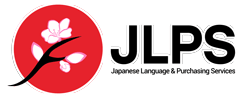Mega Earthquake that hit Noto a year ago
It has been one year since a 7.6-magnitude earthquake hit the Noto Peninsula, Japan, on January 1, 2024. The Noto Peninsula is located in the Hokuriku region in central Honshu. Most of the peninsula is in Ishikawa Prefecture, while the eastern part of the base belongs to Himi City, Toyama Prefecture.
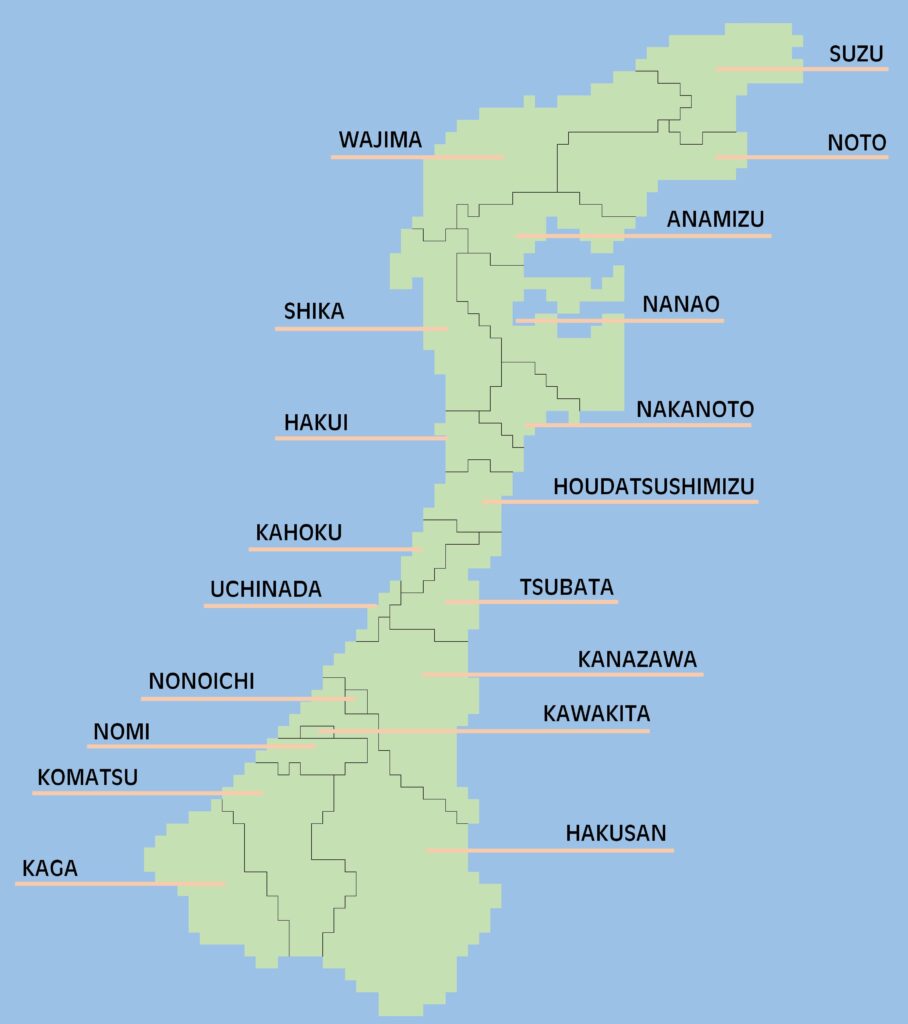
The earthquake resulted in 504 confirmed deaths, with two individuals reported missing and over 1,300 injuries until now. More than 178,000 structures across nine prefectures were destroyed, including homes, public buildings, and other facilities. Nearly 140,000 structures were affected in Ishikawa Prefecture alone, with significant destruction in cities like Wajima-shi and Suzu-shi. The earthquake had a profound impact on infrastructure as well.The earthquake caused extensive damage to roads, ports, and other critical infrastructure, leading to the isolation of remote villages and disruptions in transportation and communication services.
Impact on Local Industry
The earthquake severely affected traditional industries, including sake brewing and Wajima lacquerware. The Ishikawa Sake Brewers Association reported that all 11 manufacturers in the Oku-Noto region could not operate, with five suffering complete destruction of their facilities. Wajima lacquerware, a traditional craft of the region, also suffered significant damage. The earthquake damaged or destroyed workshops and facilities essential for producing Wajima lacquerware, including traditional kilns, tools, and storage used by craftsmen.
The Asaichi morning market in Wajima, a major tourist attraction in the region, was destroyed as well by fires triggered by the earthquake.
Supply Chain Disruptions
The disaster led to temporary stagnation of economic activities, with estimates suggesting a potential reduction in nominal GDP by 23 to 50 billion yen. Businesses faced challenges due to damaged infrastructure and disruptions in supply chains. The earthquake’s extensive damage to infrastructure and industries has had a lasting impact on the local economy, with ongoing recovery and reconstruction efforts.
About Noto Peninsula
The Noto Peninsula is continuing its recovery efforts. It consists of 12 municipalities in Ishikawa prefecture and Himi-shi, which belong to Toyama prefecture. Over 300,000 people live on the Peninsula, and many engage in traditional industries such as Wajima lacquerware, Suzu ware pottery, or Nanao candles, agriculture, and tourism.
The peninsula is famous for its rugged coastline, terraced rice fields (like the Shiroyone Senmaida), and scenic landscapes. Noto’s Satoyama and Satoumi regions are recognised as Globally Important Agricultural Heritage Systems (GIAHS). The peninsula is surrounded by the Sea of Japan, making fishing a vital industry. Key products include squid, crabs, and various types of fish. Oyster and seaweed farming are also significant along the coastal areas. In addition to fish or seafood, the peninsula is known for high-quality rice, often cultivated in terraced fields.
Noto Peninsula’s post-disaster reconstruction
The Fire and Disaster Management Agency reported that they conformed more than 149,000 houses in six other prefectures, including in Ishikawa and Toyama, Niigata and Fukui prefectures, were destroyed or damaged by the earthquake as of 24 December 2024.
According to Ishikawa Prefecture, as of 22 December 2024, they had completed the removal or demolition of around 13,000 damaged houses or buildings at the expense of local authorities on behalf of the owners; this is approximately 40% of the total number of houses or buildings that are planned to be demolished. Ishikawa Prefecture plans to finish the demolition work in October 2025.
The delayed recovery work affects the population of the regions. The population of four cities and towns in the Okunoto region, including Wajima and Suzu, dropped by 7.5% in ten months after the earthquake. The decline has increased by 0.4 percentage points compared to the previous month, with people continuing to leave their hometowns and move to other regions.
In the tourism area, hotels or traditional inns in the affected cities are working hard now to accept tourists after long-term closure. Wakura Onsen in Nanao, which was severely damaged by the earthquake and is currently undergoing restoration work, four of the inns and hotels that are local association members have resumed normal operations to welcome tourists. It is expected that five new facilities will be able to reopen for business from spring to autumn this year.
http://www.travelko.com/ext/yadonihon/locale/en_US/hotel/region/jp (Japan Ryokan Onsen Association)
In spite of such efforts for recovery, another natural disaster caused delays in restoration work. The torrential rain last September further damaged the areas affected by the Noto Peninsula earthquake.
The Nakaya Tunnel in Wajima, closed due to the earthquake, was scheduled to reopen to traffic in September last year. Four days before the reopening, torrential rain hit the area and killed a worker. The reopening of the tunnel was rescheduled. The temporal path was created and opened to the residents on 25 December, and the Nakaya Tunnel will reopen in the summer of this year.
In Oya-cho, Suzu City, torrential rain caused a 2-month delay in building temporary housing for residents who lost their houses due to the earthquake. They were able to move into the houses built by the government in early December 2024.

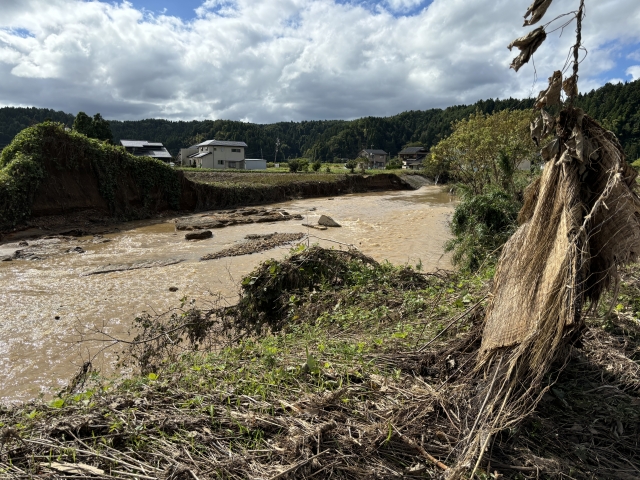
Noto’s Tourist Attractions
Where can tourists visit and what to do in Noto Peninsula now
Popular tourist attractions in Noto Peninsula are walking trails along the coast, boat tours to view caves and rock formations from the water, or visiting Wajima asaichi (morning market). While significant efforts are underway to rebuild the Noto Peninsula and revitalize its economy, the pace of recovery varies across different sectors and communities, and restoration works have fallen behind schedule. Many popular activities/ spots are still closed or inaccessible.
Below are the places that are currently open to tourists.
Noto Kongou is one of the representative landscapes of Noto Peninsula National Park. The 29 km coastline stretching from Fukuura Port to Sekinohana is characterized by steep cliffs, rocky outcrops, and unusual rock formations shaped by waves from the Sea of Japan.
The most famous attraction in Noto Kongou is Ganmon, a large hole made by erosion that is a sight to behold! Tourists can pass under the rocks by sightseeing boats. In 2024, more than 52,000 people visited the famous Ganmon cave. The earthquake caused cracks in the embankment and landslides in several places, making Ganmon inaccessible, but now it is open again.
Rokkouzaki: a prominent cape situated at the northernmost point of the Noto Peninsula in Suzu City. This cape is renowned for the Rokkouzaki Lighthouse, a historical structure that has been operated for more than 100 years. The lighthouse, perched on a high cliff, provides visitors with breathtaking scenery and is a popular spot for photography enthusiasts.
Accessible by bus from Kanazawa -> Suzunarikan (by Suzu express bus) -> Noroshi (by Kinoura bus).
Shiroyone Senmaida landscape of terraced rice fields representing Noto’s ‘Satoyama Satoumi’, which has been designated in GIAHS since 2011. Facing the Sea of Japan, the small rice paddies overlap and extend all the way to the coast. Because of the narrow and steep slope where the rice fields are built, machinery cannot be used, so rice planting and harvesting are still carried out by hand.
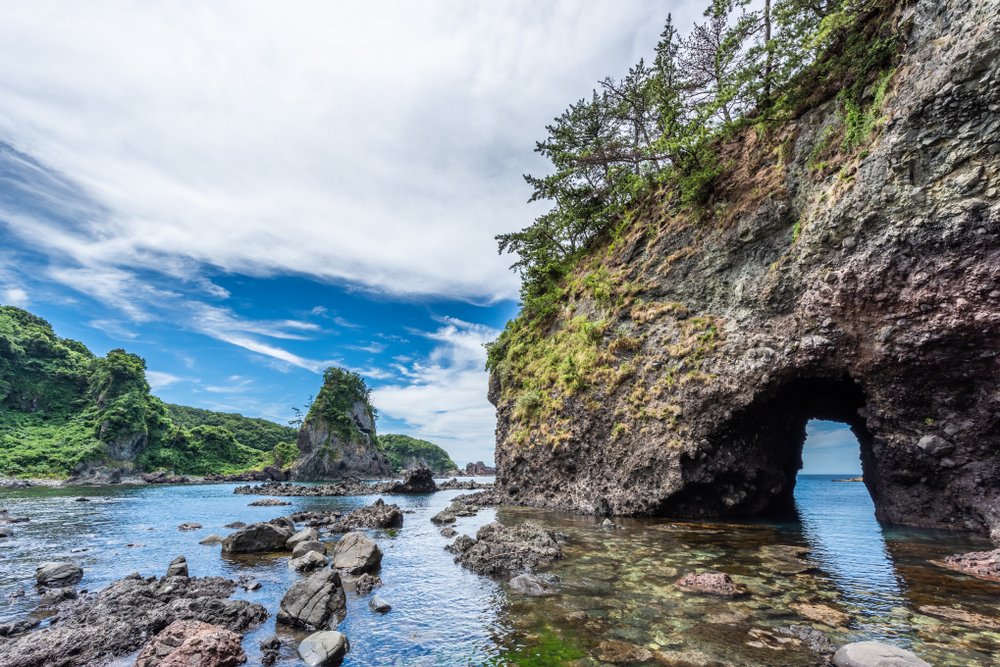
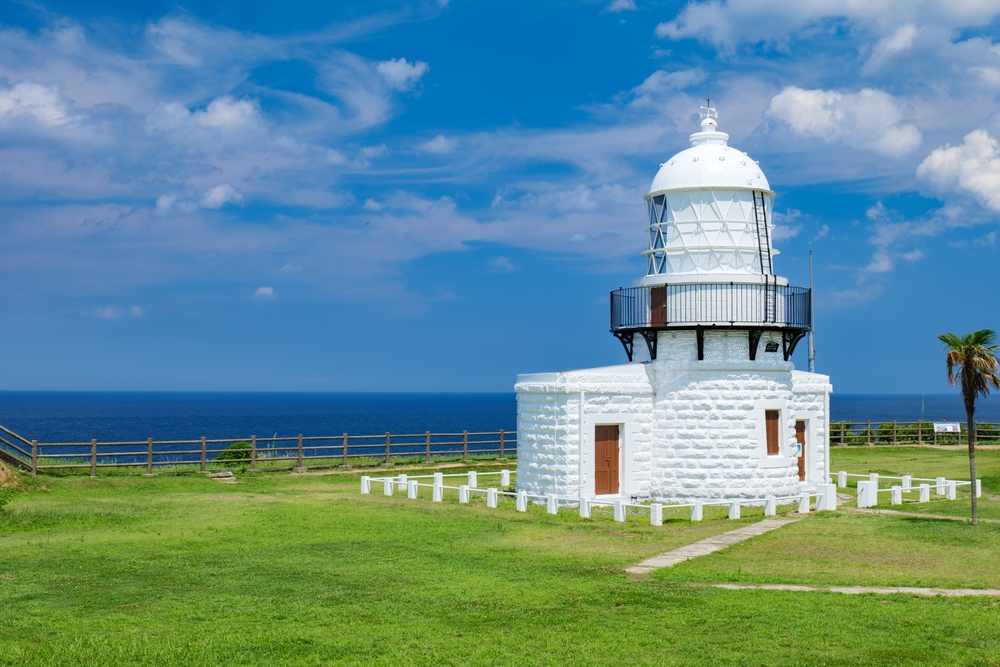
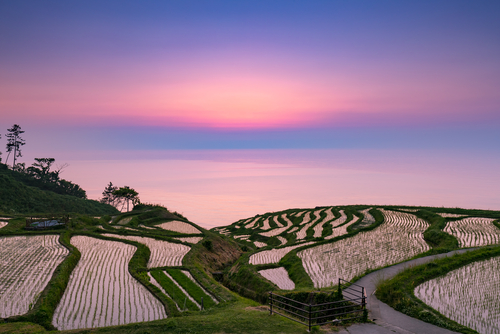
What is ‘Satoyama Satoumi’?
Satoyama is the Japanese term for a socio-ecological production landscape represented by a mosaic of different ecosystem types. Satoumi refers to Japan’s coastal areas where human interaction over time has resulted in a higher degree of productivity and biodiversity. Foundational to both concepts is the positing of a relationship of interaction between humans and their environment, coupled with the notion that properly maintained the relationship is mutually beneficial.
https://www.pref.ishikawa.jp/satoyama/noto-giahs/f-lang/english/giahs_top.html (from the website of Ishikawa prefecture)
GIAHS (Globally Important Agricultural Heritage Systems): a program that identifies and protects agricultural systems that use traditional methods, established by the Food and Agriculture Organization (FAO) of the United Nations in 2002
Shiroyone Senmaida is accessible by train (Shiroyone-senmaida station) , airplane (Noto Satoyama airport), or car
*Please contact us via Messenger or email if you want to visit the places introduced here. We can provide you with transportation options according to your travel plan and also any updates on the spots.
Wakura Onsen: Japan’s leading seaside hot spring resort, located in Wakura-cho, Nanao-shi, visited by one million guests annually. It has a history of 1200 years and is known for its high-quality, mineral-rich waters that flow directly from the source.
For more information on the Noto peninsula, including your trip plan, please refer to the website below. It provides ideas on where to visit and what to do.
https://www.ishikawatravel.jp/en/destinations/noto
Popular traditional crafts of the Noto Peninsula
The Noto Peninsula is known for the production of traditional Japanese crafts. I’d like to introduce three famous traditional crafts today among them: Wajima lacquerware (Wajima-nuri), Suzu -yaki pottery, or Nanao candle.
Wajima-nuri (lacquerware)
Wajima lacquerware, which is called ‘Wajima-nuri’ in Japanese is lacquerware made in Wajima city. Wajima city is a small town with a population of less than 30,000. In addition to Wajima-nuri, the city is also popular with the Wajima morning market, the Gojinjyo drums and the Senmaida rice field.
One of Wajima-nuri’s well-known features is its high-quality powder using Wajima jinoko (powdered diatomaceous soil), which is produced only in Wajima city. Using this powder as a base makes the lacquerware stronger.
Wajima lacquerware uses decorating techniques like filling carved areas with gold or using gold or silver dust to create maki-e. These graceful gold and silver designs are eye-catching. It is a durable product that goes through over a hundred stages of production. Wajima-Nuri is created through a systematic division of labour by craftsmen, and each production stage is done manually. The works of craftsmen are completed by Nushi (In Wajima-nuri, a master craftsman who manages the lacquerware production process in addition to the careful application of lacquer in multiple layers on lacquerware). These segmentalized manual works by craftsmen make the products not only durable but also restorable in case of damage.

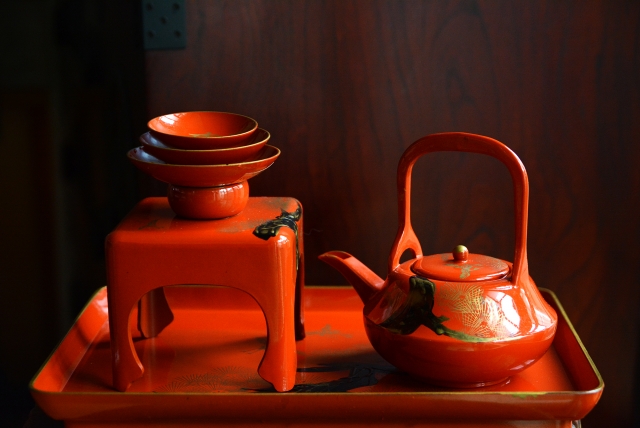
History of Wajima-nuri
There are various theories about the origin of Wajima-nuri. However, many theories agree that it was derived from Nego lacquerware, which was used as daily-use lacquerware.
Nowadays, Wajima-nuri is considered elegant and artistic lacquerware. However, its reputation was different until the Showa era (1929-1989) since it was commonly used as a household lacquerware for important ceremonial occasions such as weddings or funerals.
The production starts from wooden base-making, goes through undercoating and final coating processes, then completes with final coating.
Production Process of Wajima-nuri
Wooden base
Wooden base is the process of making a form before applying lacquer. Wood from either Japanese zelkova trees or Japanese cherry birch trees is used as material for Wajima lacquerware. They are cut and left to sit for two to three years until they are thoroughly dried. The timber is then carved into a rough shape after examining the quality of the wood. Once fully dry, the roughly carved wood piece will be trimmed down using a wood plane or a lathe. The trimming is done from rough carving, outer carving, inner carving, and base finishing, little by little to the details.
Undercoating
Wajima lacquerware uses a unique material called jinoko to make a special undercoat. First, a carving called kirebori is done. The kirebori is to make the lacquerware stronger. The technique is reinforcing lacquerware by carving the crevice slightly and applying the undercoat. More delicate parts are reinforced using a technique called kisemono kezuri, which is done by pasting cloth. Because the artisans pay particular attention to cracks and fragile parts while applying layers of undercoat, Wajima lacquerware becomes durable. After this process, a mixture of raw lacquer and polishing powder is applied to the entire piece. Then, the piece is left to dry before being shaped with a whetstone. Once the final shape is completed, the piece is ready for polishing on a lathe with water and a whetstone.
Final coating
The final coating is the process of applying the lacquer evenly on the undercoating. The lacquer is made by making small, parallel cuts in the trunk of lacquer trees and collecting the sap using a special bowl called urushi zutsu.
The sap can be collected only from June to October and in limited amounts of about 200g per tree. Therefore, lacquer is sometimes collected from hundreds of trees in a day. The collected sap is first passed through a small filter to remove bark residues and other invisible contaminants. Then it is put through a centrifugal separator in order to remove any remaining impurities and obtain the raw lacquer.
The raw lacquer gets heated up and stirred until it turns into a form called nayashi. This step helps the color of the lacquer last for hundreds of years. The final coating is applied in a special room to avoid any dust or particles floating in the air at an optimum temperature and humidity. This process requires much attention and high craftsmanship. If a piece is meant to be a solid color, this is the last step.
Decoration
The polishing method called roiro happens after the final coating. The lacquerware is carefully polished with a fine abrasive to avoid scratch marks. After the polishing, decorations are applied. The two main techniques used to decorate Wajima lacquerware are chinkin, a form of carving filled with gold or silver, and maki-e, the application of gold or silver powders onto a design. With the application of these two designs that make Wajima lacquerware even more elegant, the lacquerware is complete.
https://kogeijapan.com/locale/en_US/wajimanuri/ (From the website ‘Kogei Japan’ )
Suzu-yaki pottery
Suzu-yaki pottery
Suzu-yaki pottery is a traditional Japanese pottery that originated during the Heian period (794–1185) in the Suzu region of the Noto Peninsula. It was widely distributed all over Japan because of its utility and durability. After the Kamakura period (around 1192-1333), its popularity declined. However, local craftsmen in the Suzu area kept producing pottery using traditional methods while incorporating contemporary aesthetics.
Suzu-yaki pottery is made from locally sourced clay, which gives the pottery a dark grey to black colour after firing. This unique colour comes from the use of a reduction firing technique (oxygen-limited kiln environment).
Suzu-yaki pottery was primarily utilitarian, used for storage jars, cooking pots, and vessels for food and drink. Its robust construction made it practical for daily use.
Nanao candles
Nanao candles are traditional handmade Japanese candles produced in Nanao city on the Noto Peninsula since the late 17th century. They are known for their unique craftsmanship, environmentally friendly materials, and cultural heritage. Nanao candles are traditionally used in Buddhist rituals, tea ceremonies, and festivals.
The core of Nanao candles is made from a reed called rush grass (Juncus), which serves as the wick. The wax is derived from plant-based sources, particularly the sumac tree (Haze tree) seeds or rapeseed oil, making them eco-friendly and sustainable.
Nanao candles are handmade by craftsmen using traditional methods passed down through generations. The process involves coating the wick with layers of natural wax and carefully shaping and smoothing the candle by hand.
This labour-intensive method produces candles with a distinctive aesthetic and functionality.
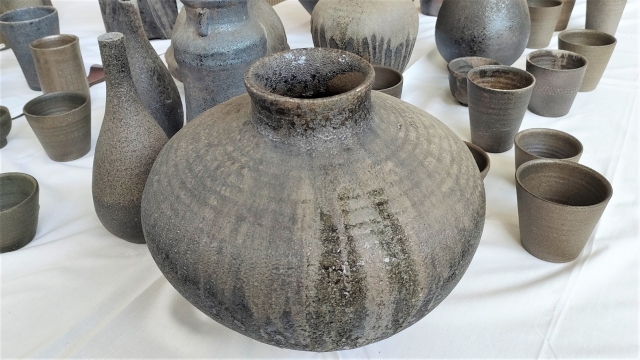
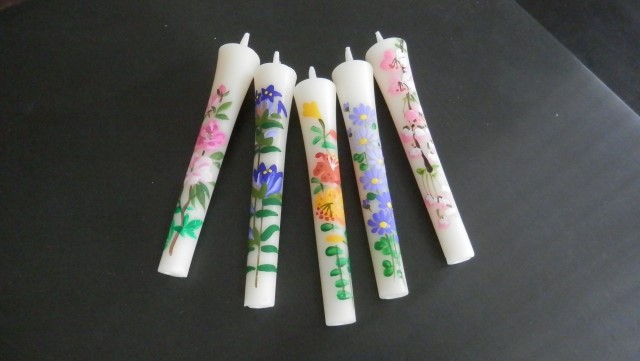
Impact of the earthquake on the local traditional crafts industry
The earthquake severely damaged Wajima city, destroying workshops and their machinery. The industry itself was also severely damaged, with the houses of craftspeople also collapsing. In addition, torrential downpours that hit the Wajima region in late September flooded houses and workshops and significantly damaged manufacturers’ efforts to reopen production.
A year after the Noto Peninsula earthquake, a local chamber of commerce and industry survey found that only about 60% of businesses producing traditional crafts in Wajima have resumed operations. Although some craftsmen and manufacturers have resumed operations, many of them are working at temporary workshops in evacuation centres or rented facilities because their workshops or houses were lost in the earthquake.
https://www3.nhk.or.jp/news/html/20250104/k10014684951000.html (the NHK website *Japanese Language)
In 2025, the Noto Peninsula is continuing its journey toward recovery from the natural disasters of 2024: the powerful January earthquake that destroyed buildings and disrupted infrastructure and the record-breaking rainfall in September, which led to severe flooding and landslides. While significant progress has been made, ongoing support and resilience remain crucial.
While some parts of the peninsula are still under reconstruction, many attractions and accommodations have resumed operations. Visiting the Noto Peninsula can contribute to the local economy and support ongoing recovery initiatives. Engaging with community-led tours and purchasing local crafts are excellent ways to assist in the region’s revitalization. Visitors are encouraged to check the latest information before planning their trip.
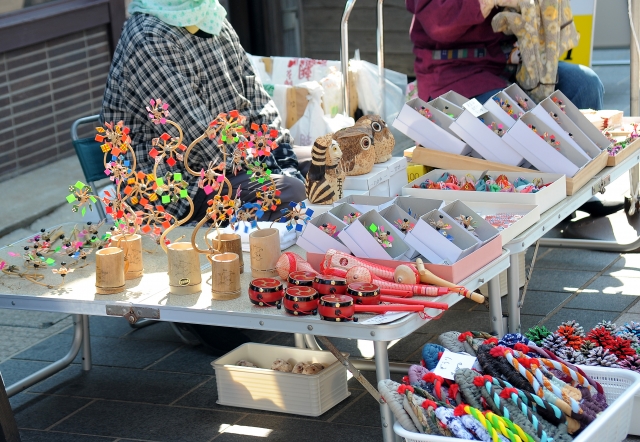
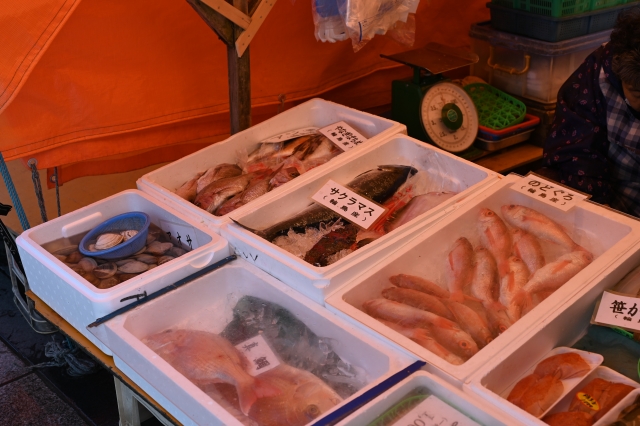
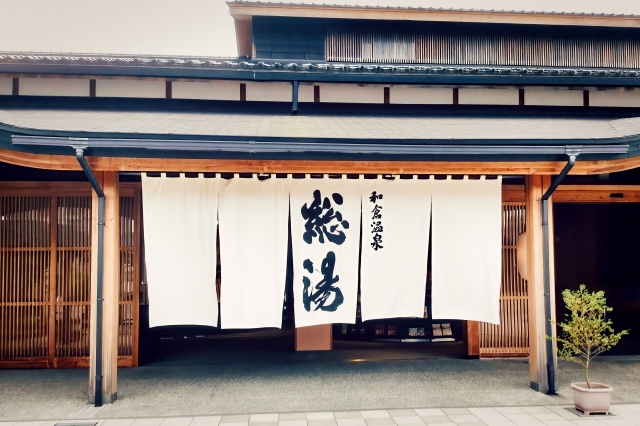
Access to the Noto Peninsula
By Bus
Wajima city is accessible by local bus from Anamizu station. The trip may take around 40 minutes.
By Train
From Tokyo
From Tokyo station to Anamizu station takes around 4 hours.
Tokyo station -> Kanazawa station (by Hokuriku shinkansen) -> Nanao (JR Nanao-line)
From Osaka:
Coming from Osaka station to Anamizu station takes more than 5 hours.
Osaka station -> Kanazawa station (by Limited express train, Thunderbird) -> Nanao (JR Nanao-line)
From Kanazawa:
From Kanazawa station to Anamizu station takes around 2.5houra hours.
Kanazawa station -> Nanao station (by Limited express train, Noto Kagaribi-> Anamizu station (by Noto railway)
Airplane + taxi
From Haneda Airport to Noto Satoyama Airport takes 1 hour.
From Noto Sayoyama Airport to the centre of Anamizu city takes around 15-20 minutes by car.
Other transportation options are also available. We can help arrange transportation for your trip. Please contact us via Messenger or email if you have any inquiries.
